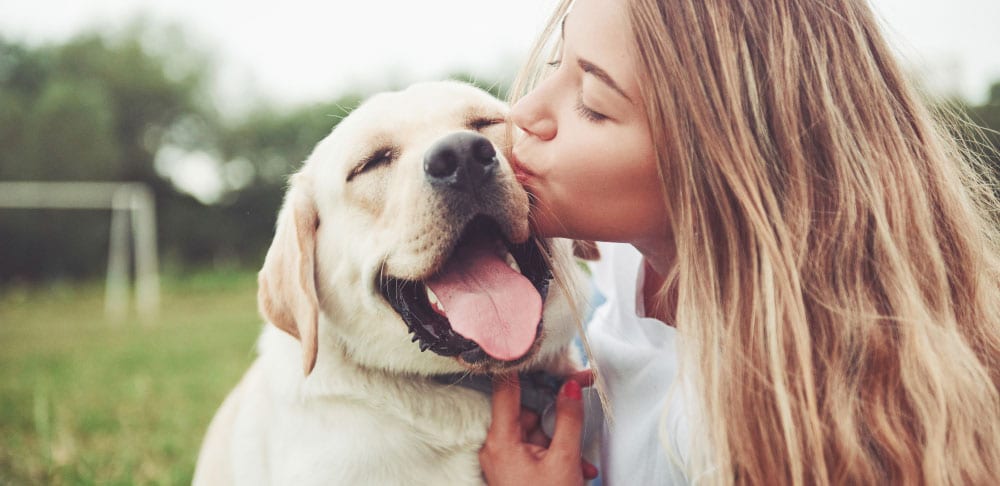Pet insurance covers a range of veterinary expenses, but the extent of coverage depends on the type of insurance chosen. There are three main types of pet insurance: accident-only, accident and illness, and comprehensive insurance.
Accident-only insurance:
This type of insurance is the cheapest. It primarily covers injuries to your cat or dog resulting from an accident. This could include:
- car accidents
- fights with other animals
- poisoning
- insect, snake and spider bites
- burns or electrocutions
- fractures, cuts and lacerations
In the event your pet has an accident, this insurance covers essential emergency care, diagnostic procedures like X-rays, surgery, prescribed medications, and the cost of hospitalisation to treat injuries.
However, pre-existing conditions and illnesses are not covered by this type of insurance, so it offers a limited range of cover.
Accident and illness Insurance:
Accident and illness insurance builds upon accident-only coverage by including protection against various illnesses. This expanded coverage encompasses treatments for conditions like cancer, gastrointestinal issues, eye, skin, and ear problems, and many other illnesses. It also includes diagnostic tests, medications, surgeries, and hospitalisation for both accidents and illnesses.
As this insurance offers a wider range of cover than accident-only cover, it will usually be slightly more expensive than an accident-only policy. However, it will not offer cover for elective procedures, breeding and pregnancy, routine care or dental issues.
Comprehensive Insurance:
Comprehensive pet insurance offers the most extensive coverage, but is also the most expensive type of policy you can buy for your pet. It includes all the features of accident and illness insurance, covering accidents, injuries, and a wide range of illnesses. Additionally, comprehensive plans often include optional coverage for routine care, dental issues, behavioural therapy, alternative therapies, and more. Routine care can include immunisations, worm and flea treatments and microchipping.
You should also be covered for other benefits like emergency boarding, advertising and rewards for lost pets, euthanasia if deemed essential, and home visits by the vet.
Each insurance policy is different, and will have specific inclusions and exclusions. Therefore, it’s important to compare different policies and look closely at their terms and conditions so you understand what is on offer for your pet's healthcare needs.






